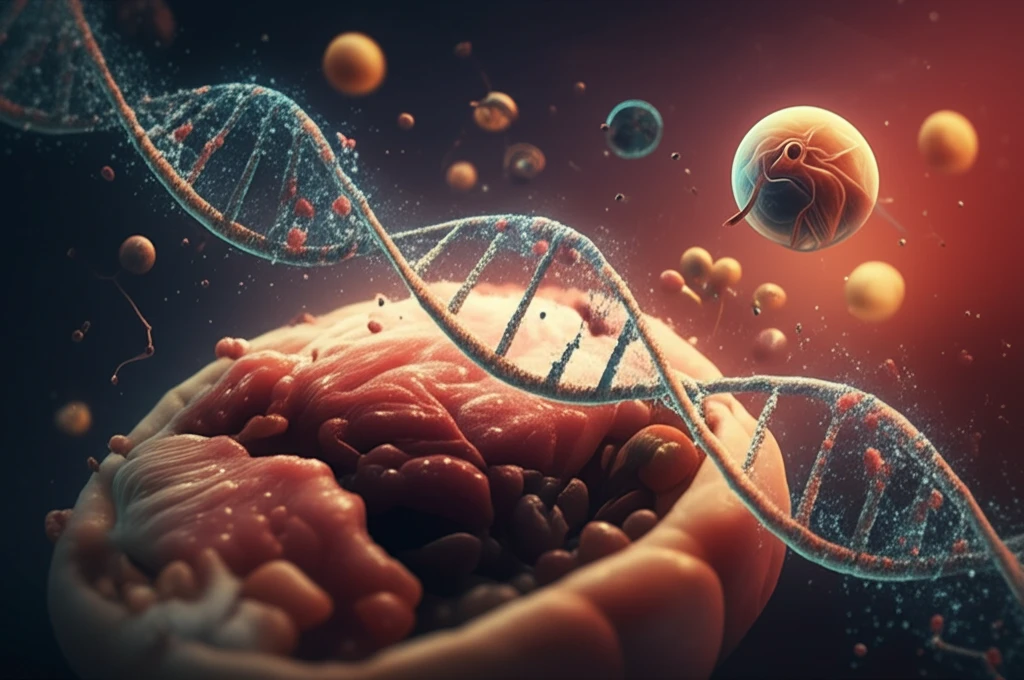
Omics Revolution: How Cutting-Edge Science is Transforming Food Safety
"Unlocking the Secrets of Our Food Supply with Genomics, Proteomics, and More"
In a world increasingly concerned with what we eat, ensuring the quality and safety of our food has never been more critical. Foodborne illnesses affect millions each year, impacting public health and straining healthcare systems. Traditional methods of food safety testing, while valuable, often fall short in providing the comprehensive insights needed to tackle modern challenges.
Enter "omics," a suite of advanced technologies that are transforming our understanding of the microbial world within our food supply. These tools, including genomics, transcriptomics, proteomics, and metabolomics, offer a powerful lens through which to examine the complex ecosystems that exist along the food chain.
This article explores how omics methods are revolutionizing food safety, providing unprecedented capabilities in pathogen detection, outbreak tracking, and risk assessment. By delving into the intricacies of these technologies, we can better understand how they contribute to a safer, more secure food future.
Decoding Food Safety: What are Omics Technologies?

The term "omics" refers to a range of scientific disciplines ending in "-omics", such as genomics, proteomics, and metabolomics. Each focuses on comprehensively analyzing a particular set of biological molecules within an organism or system. These technologies provide a holistic view, allowing scientists to study the interactions and functions of these molecules on a large scale.
- Genomics: The study of an organism's entire genetic material (DNA), providing a blueprint of its potential capabilities.
- Transcriptomics: Analyzing all the RNA molecules in a cell or organism, revealing which genes are actively being expressed.
- Proteomics: Identifying and quantifying all the proteins present in a sample, offering insights into the functional machinery of cells.
- Metabolomics: Examining the complete set of metabolites (small molecules) in a biological sample, reflecting the biochemical activity and overall physiological state of an organism or system.
The Future of Food Safety: A Data-Driven Approach
Omics technologies hold immense potential for transforming food safety practices. By integrating these tools into routine monitoring and surveillance programs, we can achieve more rapid and accurate detection of foodborne pathogens, trace contamination sources more effectively, and develop targeted interventions to minimize risks. These technologies pave the way for a future where our food supply is more secure, resilient, and protective of public health.
